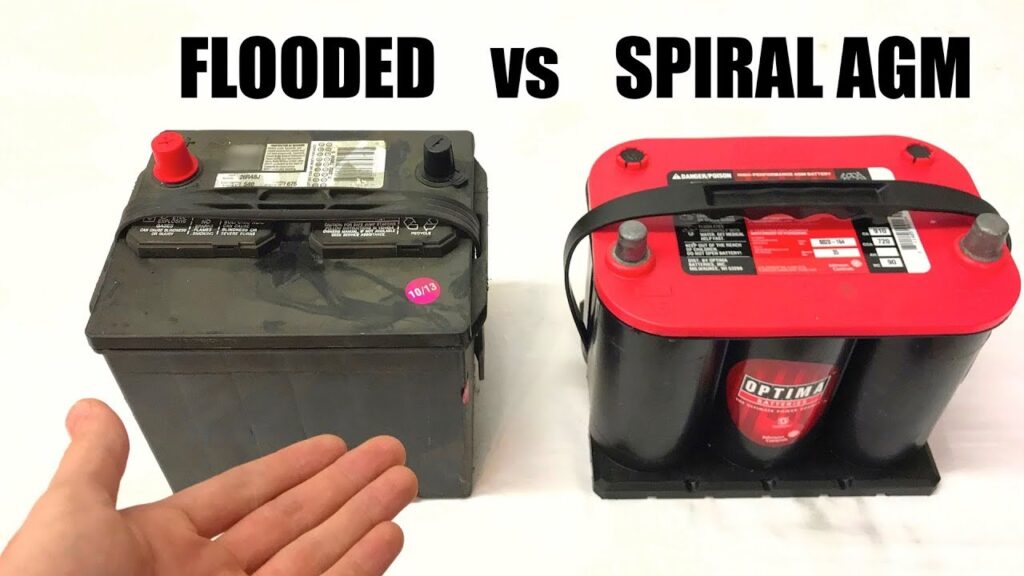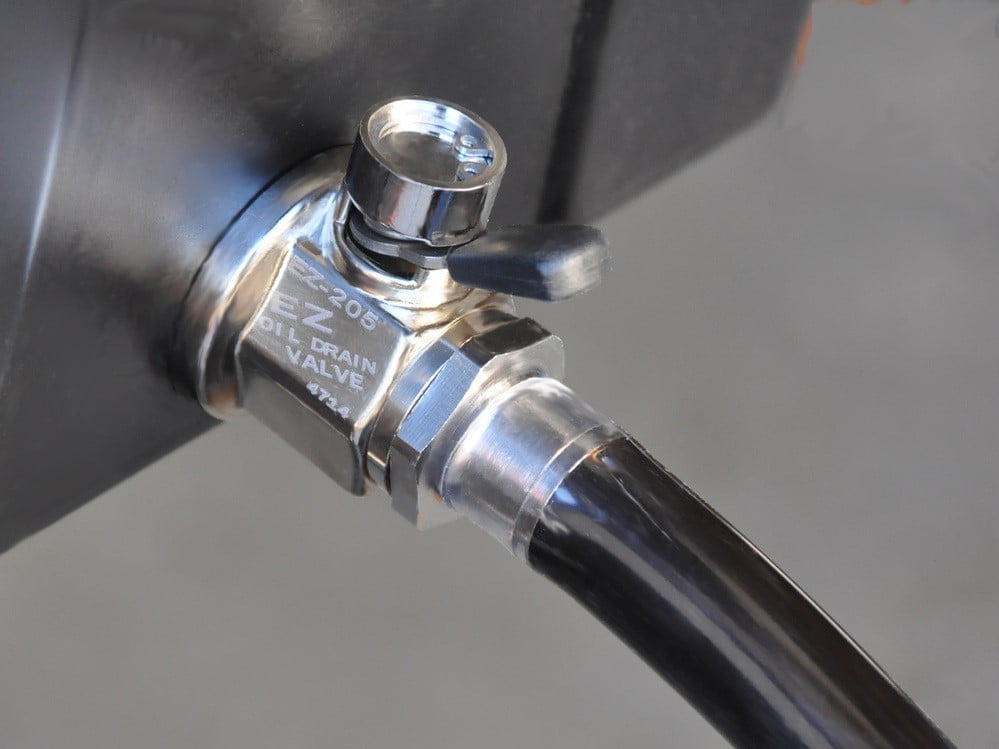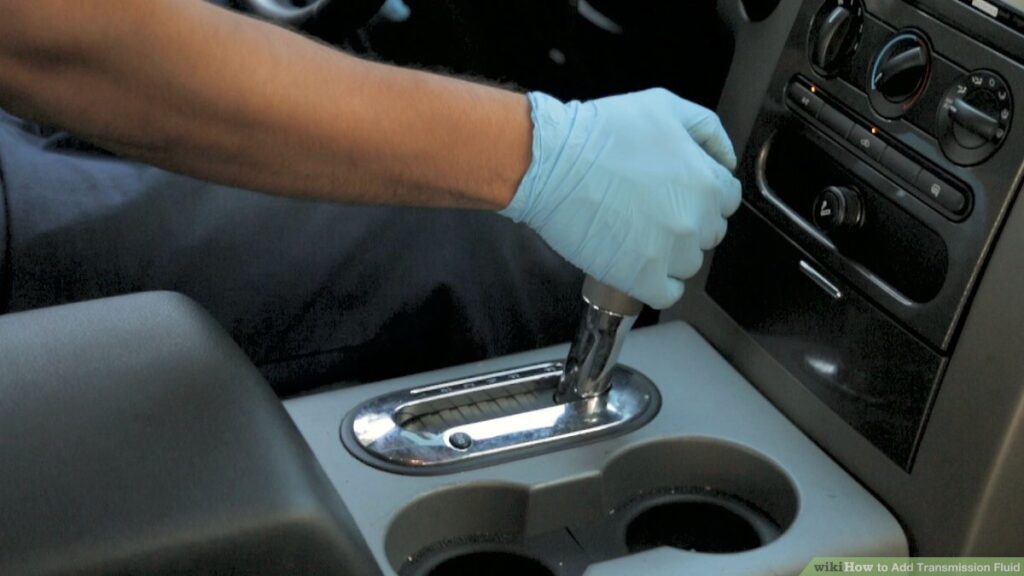Are Car Batteries Covered under Warranty? Find Out Here!
Car batteries are usually covered under warranty, with specific terms varying depending on the manufacturer. Understanding Car Battery Warranties Understanding Car Battery Warranties Car batteries are an essential component for the proper functioning of a vehicle. However, just like any other mechanical part, car batteries can sometimes fail prematurely. This is where warranties come into play. Understanding car battery warranties is important as it allows you to make informed decisions when purchasing a new battery or seeking a replacement for a faulty one. Factors Affecting Car Battery Warranties Car battery warranties can vary depending on several factors. These factors include: Battery brand: Different brands offer different warranty terms and conditions. Battery type: Different types of batteries, such as AGM (Absorbent Glass Mat) or traditional flooded batteries, may have different warranty coverage. Intended use: Batteries used for commercial vehicles or vehicles with high electrical demands may have different warranty coverage compared to batteries used in regular consumer vehicles. Duration Of Car Battery Warranties The duration of car battery warranties can vary, and it is important to understand the length of warranty coverage before making a purchase. Common warranty durations include: One year: Some batteries come with a standard one-year warranty. Two to three years: Many batteries offer warranties ranging from two to three years. Extended warranties: Some battery brands offer extended warranty options for additional coverage beyond the standard warranty period. Different Types Of Car Battery Warranties Car battery warranties can be classified into different types, depending on the terms and conditions set by the manufacturer. These types include: Manufacturer warranty: This is a warranty provided by the battery manufacturer and covers any defects in materials or workmanship. Pro-rated warranty: Some batteries come with a pro-rated warranty, where the replacement cost is calculated based on the time remaining on the warranty period. Full replacement warranty: With a full replacement warranty, the battery will be replaced free of charge if it fails within the warranty period. It is important to carefully read and understand the terms and conditions of the warranty to ensure you know what is covered and what is not. Always keep your warranty documentation safely as it will be required when making a warranty claim. What Is Covered Under A Car Battery Warranty? Car batteries are typically covered under warranty, with the specific terms varying depending on the manufacturer. The warranty usually covers manufacturer defects and batteries that do not hold a full charge, and may provide a replacement at no additional cost. However, some warranties may require the customer to pay a portion for a new battery. Manufacturer’s Defects Covered Under Warranty When it comes to a car battery warranty, one of the key aspects covered is any manufacturer’s defects. This means that if your battery experiences any faults or malfunctions due to defects in its production, you will be eligible for a replacement battery at no additional cost. Manufacturer’s defects can manifest in various ways, including issues with the battery’s performance, reliability, or overall quality. It’s important to note that this coverage only applies to defects and not to any damage caused by external factors or mishandling. Battery Not Holding A Full Charge Another common issue that is covered under a car battery warranty is when the battery is not able to hold a full charge. A fully charged battery is essential for the proper functioning of a car, as it powers all the electrical components. If your battery is unable to hold a full charge and consistently loses power, it can lead to difficulties starting your car or even complete failure. In such cases, the warranty ensures that you can get a replacement battery to maintain optimal performance. However, it’s important to keep in mind that certain warranties may require you to pay a portion of the cost for the new battery, depending on the terms and conditions. Replacement Options And Costs When it comes to replacing a car battery under warranty, there are typically a few options available. Most warranties offer a like-for-like replacement, meaning you will receive a battery of the same make and model as the original one. This is to ensure compatibility and proper functioning within your specific vehicle. However, in some cases, especially with older battery models that may no longer be in production, you may receive a comparable battery from the same manufacturer or a third-party brand. The cost of the replacement battery will depend on the terms and conditions of the warranty. Some warranties cover the full cost of the replacement battery, while others may require you to pay a portion of the price. It’s important to carefully read and understand the warranty policy to know what to expect in terms of costs. Additionally, it’s a good idea to inquire about any additional fees, such as installation or disposal charges, that may not be covered under the warranty. In conclusion, a car battery warranty provides coverage for manufacturer’s defects and batteries that do not hold a full charge. Depending on the warranty, you may be eligible for a replacement battery at no additional cost or with some cost-sharing. Understanding the terms and conditions of the warranty will help you make informed decisions and ensure your car battery remains in optimal condition. How Long Should A Car Battery Last? Car batteries are usually covered under warranty, but the specific terms can vary. Some batteries come with a three-year warranty for normal consumers, while others may have a shorter warranty for commercial vehicle buyers. The warranty typically covers manufacturer defects and replacement at no additional cost. It is recommended to replace your car battery every three to four years as part of routine maintenance. Average Lifespan Of A Car Battery The average lifespan of a car battery typically ranges from three to four years. However, some cars may get up to five or six years out of their battery, while others may require a replacement after only two years. Ultimately, the lifespan of a car battery depends on several factors.
Are Car Batteries Covered under Warranty? Find Out Here! Read More »



